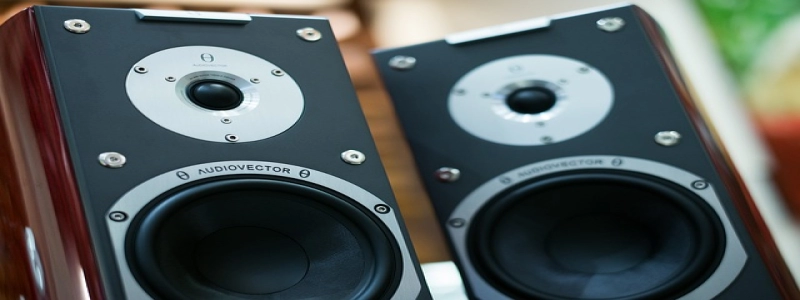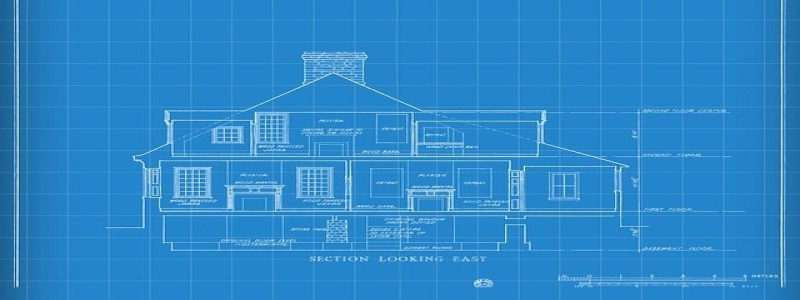Coax and Ethernet Wall Plate
I. Introduction
A. Importance of Coax and Ethernet Wall Plates
B. Overview of Coax and Ethernet Wall Plates
II. Coax Wall Plate
A. Definition and Purpose
B. Installation Process
1. Tools Required
2. Steps to Install a Coax Wall Plate
C. Benefits and Uses
1. Efficient Signal Transfer
2. Enhanced Aesthetics
III. Ethernet Wall Plate
A. Definition and Purpose
B. Installation Process
1. Tools Required
2. Steps to Install an Ethernet Wall Plate
C. Benefits and Uses
1. High-Speed Data Transfer
2. Easy Network Connectivity
IV. Coax vs. Ethernet Wall Plates
A. Comparison of Features
1. Signal Transmission
2. Bandwidth Capacity
3. Installation Process
B. Choosing the Right Wall Plate
C. Coax-Ethernet Combo Wall Plates
V. Conclusion
A. Advantages of Coax and Ethernet Wall Plates
B. Importance of Proper Installation
C. The Future of Wall Plate Technology
I. Introduction
Coax and Ethernet wall plates are essential components of modern homes and offices. They provide a convenient and efficient way to connect coaxial cables and Ethernet cables to devices, such as televisions, computers, and modems. This article will explore the details of coax and Ethernet wall plates, including their installation process and benefits.
II. Coax Wall Plate
A. Definition and Purpose
A coax wall plate is a faceplate that allows coaxial cables to connect to devices by serving as an interface between the cable and the wall. It includes an outlet for the coaxial cable to plug into and an attractive cover to blend seamlessly with the surrounding decor.
B. Installation Process
To install a coax wall plate, you will need a few tools, including a screwdriver, a coaxial cable stripper, and a cable connector. The installation process involves the following steps:
1. Determine the desired location for the wall plate.
2. Cut a hole in the wall to fit the wall plate.
3. Strip the outer cover of the coaxial cable.
4. Attach the cable connector to the end of the stripped cable.
5. Connect the cable connector to the coaxial port on the wall plate.
6. Secure the wall plate to the wall using screws.
C. Benefits and Uses
Coax wall plates offer several benefits, including efficient signal transfer with minimal interference and enhancement of the overall aesthetics of the room. They are commonly used in homes and offices to connect cable or satellite television receivers to the wall, providing a neat and organized setup.
III. Ethernet Wall Plate
A. Definition and Purpose
An Ethernet wall plate, also known as a network wall plate, enables Ethernet cables to connect devices to a network. It consists of an RJ45 outlet where the Ethernet cable can be plugged in, along with a cover that matches the wall color or design.
B. Installation Process
The installation process of an Ethernet wall plate involves a similar set of tools as the coax wall plate, such as a screwdriver. The steps to install an Ethernet wall plate are as follows:
1. Choose the desired location for the wall plate.
2. Cut a hole in the wall to accommodate the wall plate.
3. Strip the outer insulation of the Ethernet cable.
4. Attach an RJ45 connector to the exposed wires.
5. Insert the connector into the Ethernet port on the wall plate.
6. Fasten the wall plate to the wall using screws.
C. Benefits and Uses
Ethernet wall plates provide high-speed data transfer, making them ideal for homes and offices with multiple devices connected to a network. They simplify network connectivity by allowing Ethernet cables to be connected directly to wall outlets, reducing cable clutter and providing a cleaner setup.
IV. Coax vs. Ethernet Wall Plates
A. Comparison of Features
When choosing between coax and Ethernet wall plates, it’s important to consider their features and functionality.
1. Signal Transmission: Coax wall plates are designed for transferring RF signals, commonly used for transmitting television and satellite signals. Ethernet wall plates are specifically designed for high-speed data transmission over local area networks (LANs).
2. Bandwidth Capacity: Coax wall plates typically offer lower bandwidth capacity compared to Ethernet wall plates, which can provide faster data transfer rates.
3. Installation Process: The installation process for both types of wall plates is similar, with slight differences in the connectors and cables used.
B. Choosing the Right Wall Plate
The choice between coax and Ethernet wall plates depends on the specific requirements of the setup. Coax wall plates are suitable for connecting cable or satellite television receivers, while Ethernet wall plates are ideal for networking devices and internet connectivity.
C. Coax-Ethernet Combo Wall Plates
To cater to a variety of needs, some wall plates are designed to accommodate both coaxial and Ethernet cables. These combo wall plates provide flexibility and convenience, allowing for the connection of multiple devices without the need for separate wall plates.
V. Conclusion
Coax and Ethernet wall plates are crucial components for connecting devices and networks in modern homes and offices. Proper installation of these wall plates ensures efficient signal transfer and enhances the overall aesthetics of the space. As technology continues to evolve, the future of wall plate technology will likely introduce more advanced features to meet the demands of an increasingly connected world.








